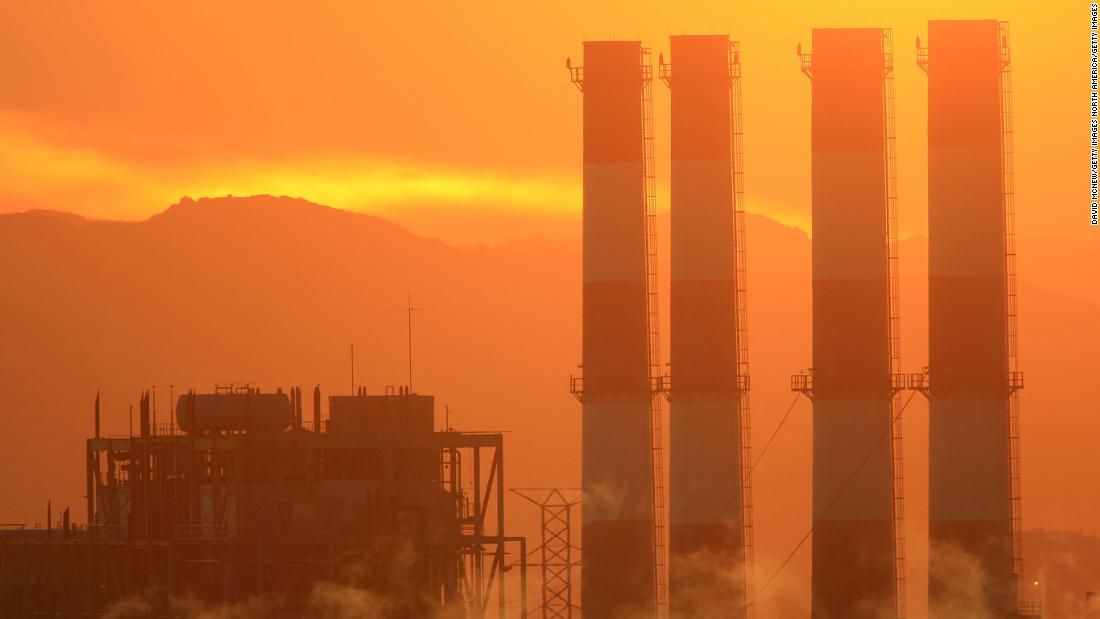

A water manager may use past or current streamflow records to design a dam, a city could issue permits for coastal development based on current flood maps, and an electric utility or a farmer may invest in equipment suited to the current climate, all with the expectation that their investments and management practices will meet future needs. Natural ecosystems, agricultural systems, water resources, and the benefits they provide to society are adapted to past climate conditions and their natural range of variability. economy, environment, and human health and well-being over the coming decades.Ĭlimate shapes where and how we live and the environment around us. While Americans are responding in ways that can bolster resilience and improve livelihoods, neither global efforts to mitigate the causes of climate change nor regional efforts to adapt to the impacts currently approach the scales needed to avoid substantial damages to the U.S. Decisions made today determine risk exposure for current and future generations and will either broaden or limit options to reduce the negative consequences of climate change.

Caribbean, governments are developing new frameworks for storm recovery based on lessons learned from the 2017 hurricane season.Ĭlimate-related risks will continue to grow without additional action. After extensive hurricane damage fueled in part by a warmer atmosphere and warmer, higher seas, communities in Texas are considering ways to rebuild more resilient infrastructure. As Midwestern farmers adopt new management strategies to reduce erosion and nutrient losses caused by heavier rains, forest managers in the Northwest are developing adaptation strategies in response to wildfire increases that affect human health, water resources, timber production, fish and wildlife, and recreation. In Alaska, a tribal health organization is developing adaptation strategies to address physical and mental health challenges driven by climate change and other environmental changes. To address higher risks of flooding from heavy rainfall, local governments in southern Louisiana are pooling hazard reduction funds, and cities and states in the Northeast are investing in more resilient water, energy, and transportation infrastructure. The state of Hawai‘i is developing management options to promote coral reef recovery from widespread bleaching events caused by warmer waters that threaten tourism, fisheries, and coastal protection from wind and waves. Water managers in the Colorado River Basin have mobilized users to conserve water in response to ongoing drought intensified by higher temperatures, and an extension program in Nebraska is helping ranchers reduce drought and heat risks to their operations. Americans increasingly recognize the risks climate change poses to their everyday lives and livelihoods and are beginning to respond (Figure 1.1). The impacts of global climate change are already being felt in the United States and are projected to intensify in the future-but the severity of future impacts will depend largely on actions taken to reduce greenhouse gas emissions and to adapt to the changes that will occur. Earth’s climate is now changing faster than at any point in the history of modern civilization, primarily as a result of human activities.


 0 kommentar(er)
0 kommentar(er)
